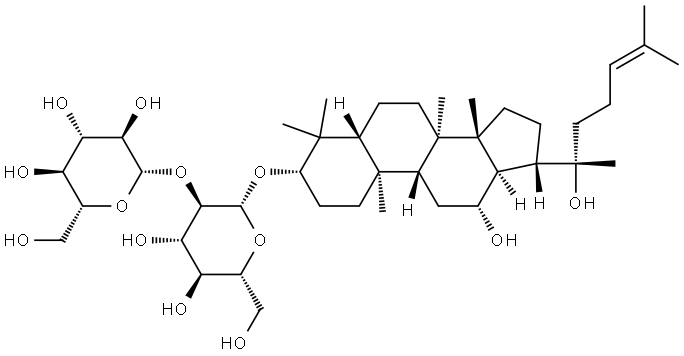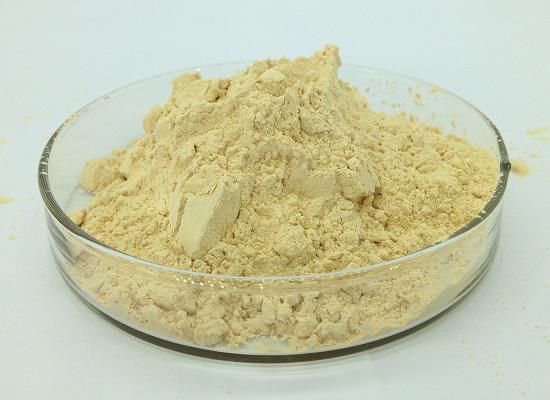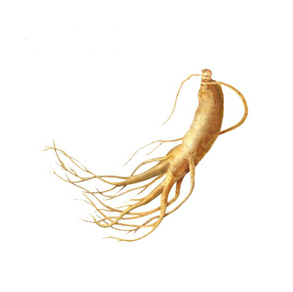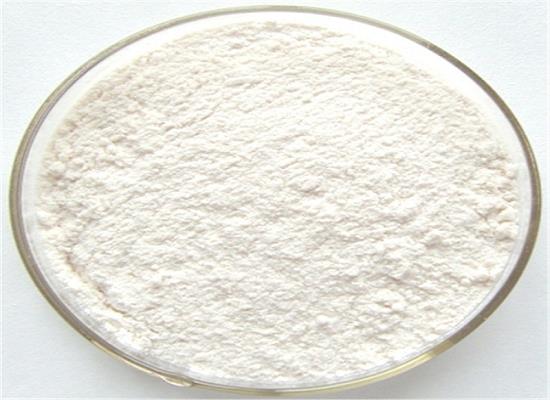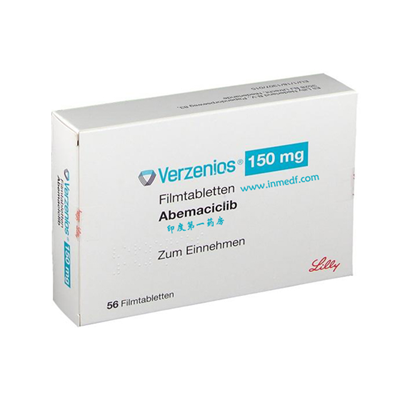Ginsenoside Rg3: mechanism of action, pharmacodynamic and safety
General Description
Ginsenoside Rg3 modulates angiogenesis by inhibiting VEGF and VEGFR2 expression through various molecular pathways, such as HIF-1α, COX-2, and NF-κB. It acts as a partial agonist and competitive antagonist of VEGFR2 at low concentrations, exerting anti-angiogenic effects. However, at higher concentrations, it may act as an agonist and promote angiogenesis. The pharmacodynamic effects of Ginsenoside Rg3 depend on its concentration and the presence of VEGF. Animal and human studies have shown that Ginsenoside Rg3 is safe and well-tolerated, with no observed toxicity at therapeutic doses. Further research is needed to fully understand its mechanisms and optimize dosage for specific diseases.
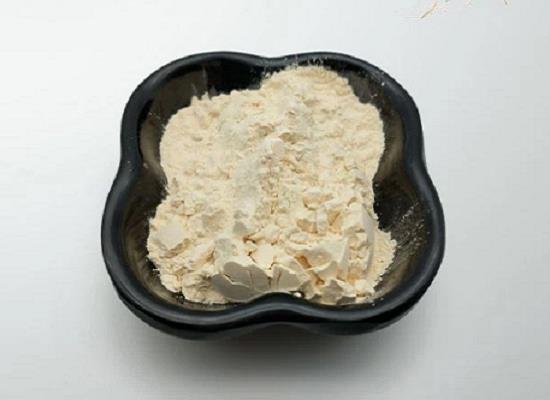
Figure 1. Ginsenoside Rg3
Mechanism of action
Ginsenoside Rg3 exerts its effects on angiogenesis by modulating various molecules and signaling pathways. One of the main targets is the interaction between VEGF (vascular endothelial growth factor) and its receptor VEGFR2, which plays a crucial role in angiogenesis. Ginsenoside Rg3 has been shown to inhibit the expression of VEGF and VEGFR2 in different cancer cell lines, including hepatocellular, esophageal, renal cell carcinoma, anaplastic thyroid, and papillary thyroid cancer cells. It also reduces the transcripts of VEGF-A, -B, and -C in a mouse model of breast cancer and inhibits VEGF expression in hypertrophic scar fibroblasts. The mechanisms underlying these effects involve the inhibition of hypoxia-inducible factor-1α (HIF-1α), cyclooxygenase-2 (COX-2), and nuclear factor-κB (NF-κB) expression by Ginsenoside Rg3. The VEGF promoter has a hypoxia-responsive element that activates VEGF expression through HIF-1α, and Ginsenoside Rg3 suppresses HIF-1α expression. COX-2, which correlates with VEGF expression, is also regulated by hypoxia, and Ginsenoside Rg3 inhibits its expression. Additionally, Ginsenoside Rg3 inhibits NF-κB, specifically the expression of P65, a member of the NF-κB family, which is involved in tumorigenesis and metastasis. Overall, through its modulation of VEGF and VEGFR2 expression and its downstream effects on HIF-1α, COX-2, and NF-κB, Ginsenoside Rg3 exerts anti-angiogenic effects. These findings suggest that Ginsenoside Rg3 may be a potential therapeutic agent for inhibiting angiogenesis in various diseases, particularly cancer. However, further research is needed to fully elucidate the precise mechanisms of Ginsenoside Rg3's actions on angiogenesis.1
Pharmacodynamic
Ginsenoside Rg3's pharmacodynamic effects on angiogenesis can be explained by its interaction with VEGF and VEGFR2 receptors. At low nanomolar concentrations, Ginsenoside Rg3 may act as a partial agonist and competitive antagonist of VEGFR2 in the presence of constant levels of VEGF, leading to anti-angiogenic effects. However, at higher micromolar concentrations, Ginsenoside Rg3 may act as an agonist of VEGFR2 and promote angiogenesis. This suggests that Ginsenoside Rg3 has a biphasic U-shaped or triphasic dose-response curve. Several other compounds have demonstrated this type of curve including estrogen, NO, opiates, endostatin, statin, captopril, interferon-alpha, vasopressin, neurotensin, and amphetamine. Some studies have shown the efficacy of Ginsenoside Rg3 at high micromolar ranges up to 230 µM and this further supports the possibility of a triphasic dose-response curve. These results suggest that the pharmacodynamic effects of Ginsenoside Rg3 depend on its concentration and the presence of VEGF, and further research is needed to fully understand these effects. 2
Safety
Ginsenoside Rg3 is a safe drug regardless of the form of administration. Animal studies showed that acute and repeated oral administration of Ginsenoside Rg3 to rats and mice at various doses did not result in any toxicity, with the highest no-observed-adverse-effect level (NOAEL) being 180 mg/kg. A toxicity study with Beagle dogs also found Ginsenoside Rg3 to be safe, with the NOAEL at 20 mg/kg. In humans, intramuscular injections of Ginsenoside Rg3 up to 60 mg/kg as a single dose or 30 mg/kg once every two days for 15 days were well-tolerated with no signs of toxicity. Clinical trials on non-small cell lung carcinoma and advanced hepatocellular carcinoma using Ginsenoside Rg3 as an orally administered anti-angiogenic agent at doses up to 50 mg/day also reported no toxicity. Thus, Ginsenoside Rg3 appears to be safe and well-tolerated at these doses. 3
Reference
1. Chen QJ, Zhang MZ, Wang LX. Gensenoside Rg3 inhibits hypoxia-induced VEGF expression in human cancer cells. Cell Physiol Biochem. 2010;26(6):849-858.
2. Nakhjavani M, Smith E, Townsend AR, Price TJ, Hardingham JE. Anti-Angiogenic Properties of Ginsenoside Rg3. Molecules. 2020 Oct 23;25(21):4905.
3. Li C, Wang Z, Li G, Wang Z, Yang J, Li Y, Wang H, Jin H, Qiao J, Wang H, Tian J, Lee AW, Gao Y. Acute and repeated dose 26-week oral toxicity study of 20(S)-ginsenoside Rg3 in Kunming mice and Sprague-Dawley rats. J Ginseng Res. 2020 Mar;44(2):222-228.
Related articles And Qustion
See also
Lastest Price from Ginsenoside Rg3 manufacturers

US $0.00/kg2025-04-29
- CAS:
- 14197-60-5
- Min. Order:
- 1kg
- Purity:
- 0.99
- Supply Ability:
- 1000kg
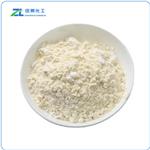
US $150.00/kg2025-04-21
- CAS:
- 14197-60-5
- Min. Order:
- 1kg
- Purity:
- 99%
- Supply Ability:
- 500kg
